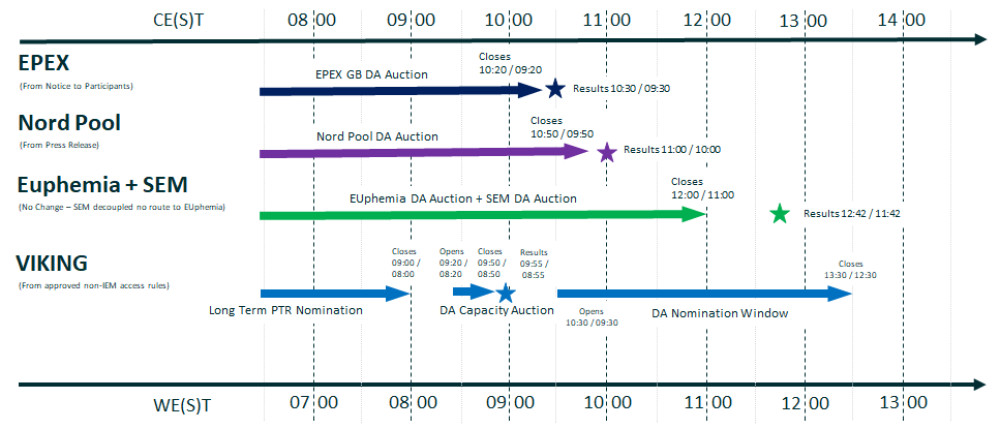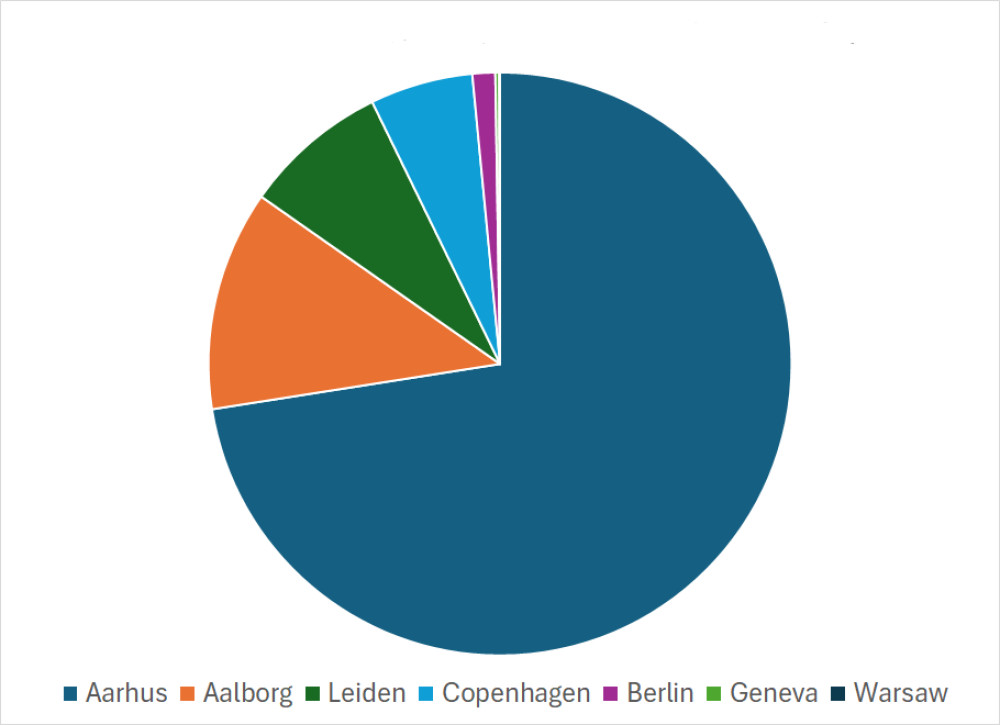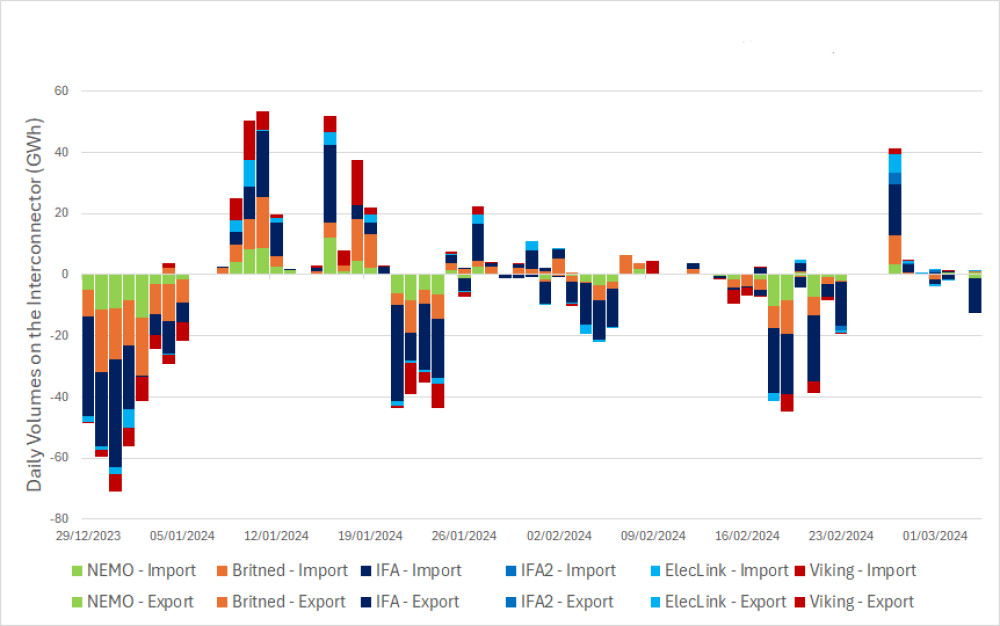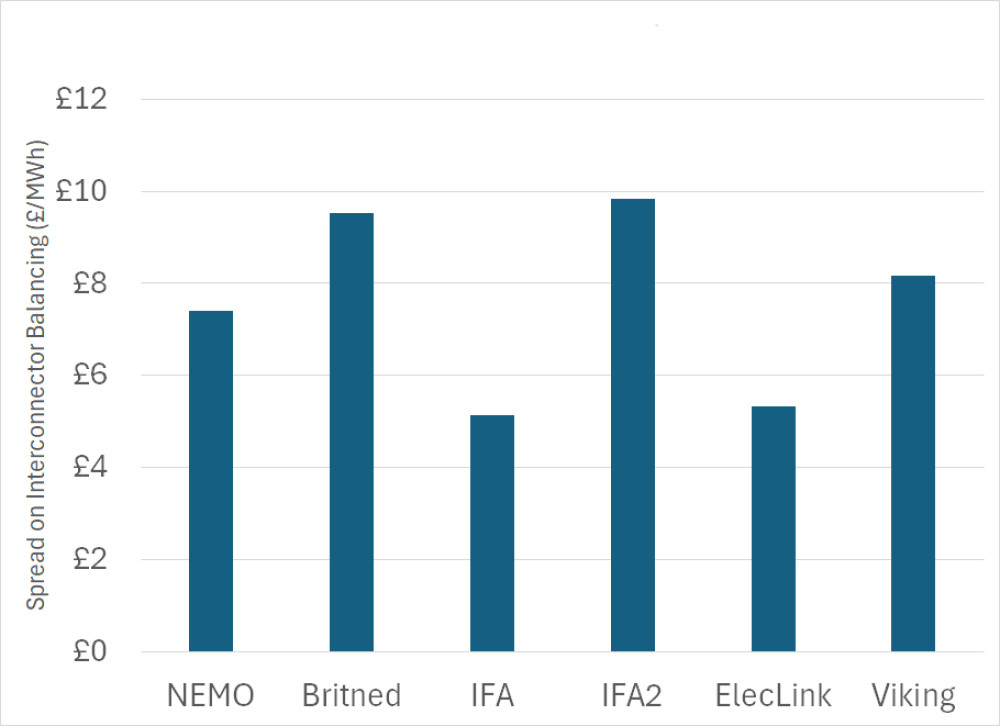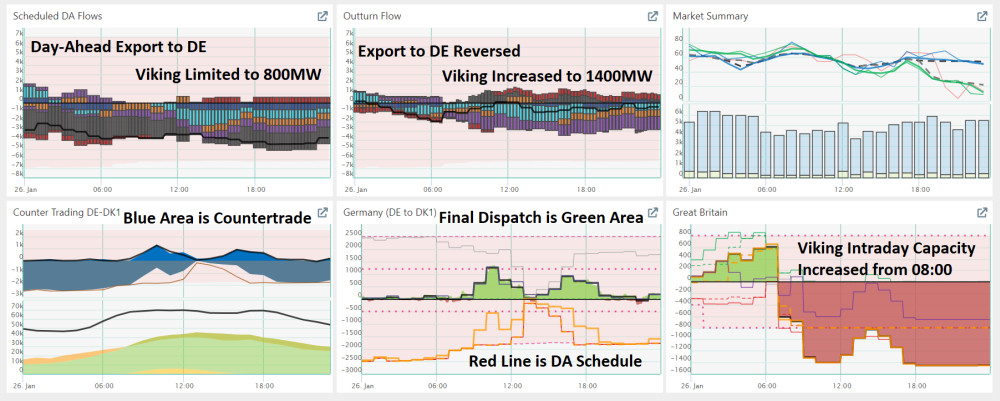However, for interconnectors linking into GB this is different. On 23rd June 2016, the UK voted to leave the European Union.
The trade and cooperation agreement agreed between the UK and the EU27 resulted in GB leaving the internal energy market, as well as the common platforms SDAC and SIDC.
This means that the scheduling of interconnectors falls back to rules used in the early 2000s.
This explicit market coupling results in the complex events described in Figure 1.
Traders first need to buy capacity in one direction or the other in a day-ahead capacity auction. The trader then needs to buy or sell power in auctions in GB and then complete the counter trade in the Danish auction.
Generally speaking, this convoluted approach is risky and results in more expensive transactions across the interconnectors.
It also results in flows at the day-ahead stage which do not necessarily match the price delta between the two markets.
Much debate exists about whether optimising the flows at the day-ahead on price is the correct outcome for the market. Especially as there is usually redispatch on the interconnectors as the market moves closer to the point of delivery. Renewable energy outputs mostly drive this in line with changing weather conditions.
So how does this play out on the Viking Interconnector? Figure 2 shows the revenue that parties receive via the link.
Traders makes profits on flows as long as the spread between the markets is big enough and the cost of capacity is cheap enough.
Figure 2 also shows the spread between Denmark and GB. If Denmark is more expensive, then the price will be positive. If GB is more expensive, then the price will be negative.
The spread is then split between the cost of capacity and profits for traders - who are speculating on the spread between the two markets.
The chart shows that the majority of the spread is captured by the interconnector owners.
The remainder of the spread is captured by the traders who are forecasting the outturn of the prices in the GB and DK1 price zones, before using this to bid for capacity on the interconnector.


.jpg)
